DNA: The Molecule of Life
DNA is the most basic building block of Life.
It contains all the information needed to construct and sustain a living organism. from the moment of our conception, our DNA will provide us with all the genetic knowledge and data accumulated by our ancestors through billions of years of evolution, in order for us to live, develop and further propagate life.
But how exactly does our DNA work? And how does it relate to Genes, Chromosomes and Biological functions?
Proteins
First, let’s recall that our bodies are made from cells. Every tissue or organ is made out of specific types of cells, and each one of these cells have different organelles that are responsible for all sorts of biological functions. These organelles and even the cells themselves are constructed, mediated and maintained by proteins.
In fact, all the functions in our bodies are carried out by the help of proteins.
Proteins can be Structural(bone matrix, vascular system, muscle fiber), Enzymes(biological catalyst), Antibodies(body’s defense), Neurotransmitters, Receptors, Transporters, Storage units, Hormones, Energy providers and more.
Proteins are composed from chains of amino acids that are connected to each other in a head to tail configuration. As each amino acid connects to the prior one, it twists and turns the chain to a certain degree that eventually causes the protein to fold into a three dimensional conformation(often with the aid of other proteins).
The length of this sequence can range from a few dozens, and up to tens of thousands of amino acids, and since you have twenty two proteinogenic amino acids to choose from, the number of possible compositions if infinite.
DNA structure and function
DNA basically stores the information needed for the synthesis of proteins. In other words, DNA holds the sequences of the amino acids needed to compose all of the body’s proteins.
The DNA is composed of two strands of complimentary sequences using four basic molecular units called nucleotides, which are marked A, T, C, and G.
You can think about it like binary code in which the 1’s and 0’s have been replaced by four letters and in the case of encoding proteins the
8-bit data fragments have been replaced by 3-bit sets. The reason for the three spaces bit size is that each three letter sequence has a corresponding amino acid to it.
Each strand of DNA is a negative picture of its opposing sequence because of the base pairing rule the states that C can only oppose G, and A can only oppose T.
For example a fragmented of a single DNA strand sequence might look something like this:
AAAAGGGTTCTG
and thus its opposing strand will be:
TTTTCCCAAGAC
DNA and Chromosomes
When a sequence of DNA holds the information for a function or a trait (by expressing proteins), we call it a Gene.
Usually, the same family of genes is located on the same chronological sequence, and in some cases the same exact sequence can be used to express an array of different proteins, this is done by cleaving the same fragment at different locations(alternative splicing).
The genes are packed together to form chromosomes. A chromosome can be made up from up to hundreds of millions of DNA base pairs, and have thousands of genes.
Humans have twenty three pairs of chromosomes which are located in the cell’s nucleus.
Every cell in The human body holds the full copy of the Genetic information, except from the gametes(the sperm and the egg) who only hold half of the chromosomes, since they need to fuse with each other. This, in fact, is the reason that our chromosomes are arranged in pairs, because they are the result of the infusion of two different sets of chromosomes and so when the cells divides they are able to align and separate correctly, so no trait is left behind.
An interesting fact is that a huge portion of your DNA(~75-80%) does not serve any known function or hold any information, and is referred to as “Junk DNA”.
The Central Dogma of Molecular Biology
This stage has two main parts- Transcription and Translation.
Transcription is the copying of the DNA into mRNA(messenger RNA) which happens inside the nucleus, and translation, which happens in the cytoplasm, is the process of reading or translating this transcript into a functioning protein.
Through a cascade of events the part of the DNA that needs to be translated into protein is marked, unwinded, and copied using a special mechanism.
In the transcription stage the T base(thymine) is replaced by a U base(uracil) and the Deoxyribose(the D in DNA, part of the backbone) is replaced by a Ribose, thus DNA becomes RNA.
This copy is a negative of the original DNA which was transcribed, since the rule of base pairing states that any base can only align with its specific counterpart(C - G , A - T/U). For example if we were to transcribe this DNA fragment- TATAGGCC the resulting mRNA would be- AUAUCCGG
Since the purpose of this RNA is to transfer a message, we call it mRNA(RNA has more functions).
Then the second part begins, which is Translation. This is done by using a cell organelle called the Ribosome which is itself made from RNAs and is located in the cytoplasm.
The 2009 Nobel prize for chemistry was given to an Israeli scientist named Ada Yonath for mapping the ribosome structure.
Once the mRNA exit the nucleus it is fed into the ribosome, which in turn reads three bases every turn and finds the corresponding amino acids.
Then it moves three bases forward and connects the next amino acid to its prior one and so on.
There are special three letter sequences that tell the ribosome when to stop and that the synthesis is complete, they are called a “stop codons”.
A common mutation occurs when one base is accidentally replaced(either at the DNA itself or during transcription)and instead of an amino acid codon you get a stop codon, which causes the process to stop early and release the unfinished product, often with crucial results.
Cystic fibrosis is an example of a disease caused by a stop codon mutation.
Summary
By now, we were able to understand that DNA is the substance that holds the coded information to all of our body’s proteins.
We discussed how genes are made up of the DNA segments that encodes those proteins and that chromosomes packs those genes together to form a unit.
We also discussed how these genes are being translated de facto inside the human cell.
Though the data in our genome is closely related to our traits and phenotypes, it is far from the only defining factor.
Did you know, for example, that the human genome only differs from a chimpanzee’s by 1.23%?
Since we obviously differ from chimpanzees by more than 1.23%, there must be a more elaborate explanation as to how our genes are being expressed.
This might be explained by a different expression patterns, where the same genes are expressed in different amounts and in different times of development.
On my next post, I will be discussing genetic expression control and epigenetics and how they have an unbelievable impact on the organism’s final properties.
References:
• [1]GENES VIII (or VII), Lewin, Chapters 1,7,8
• [2]Life - The Science of Biology, Chapter 9-14.
• [3]Molecular Biology of the Cell, Alberts , 4th edition (2002), Chapter 4.
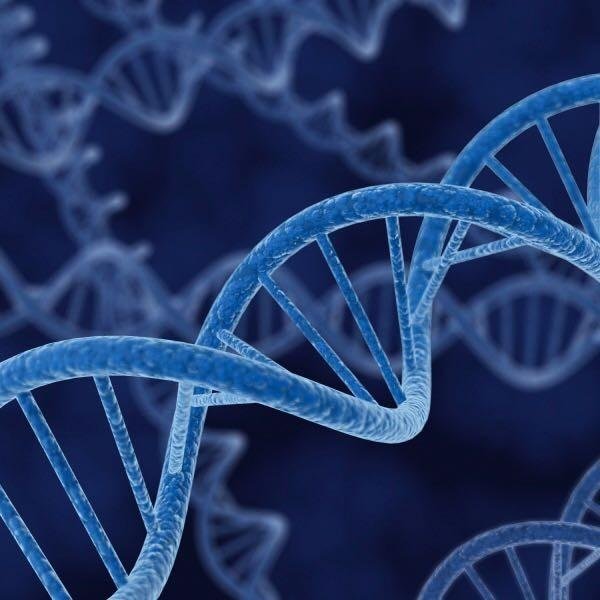
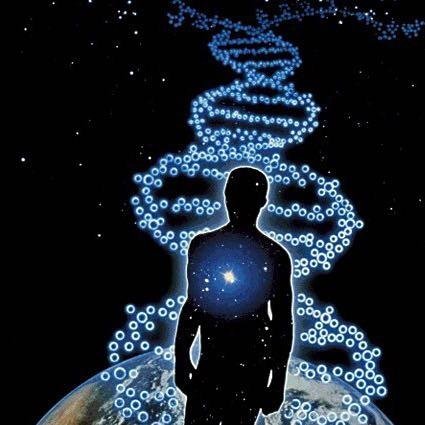
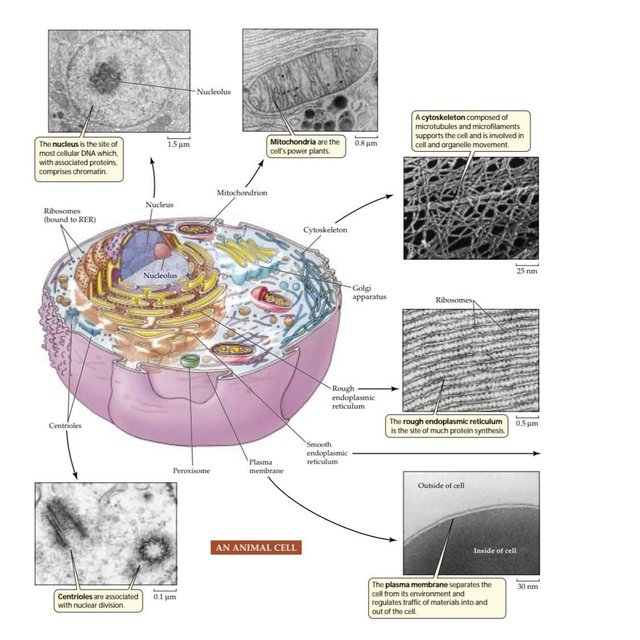
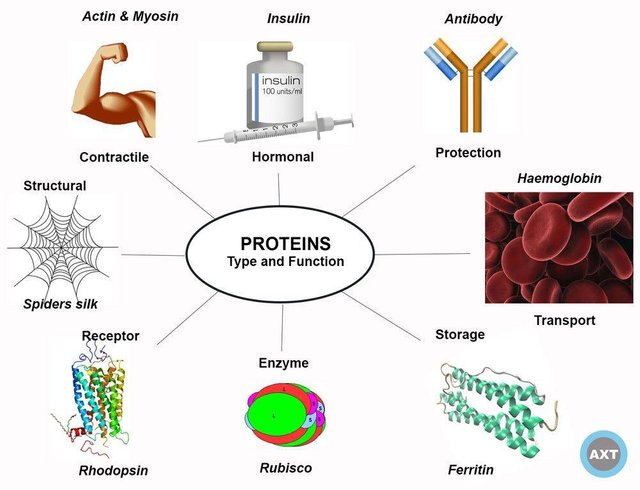
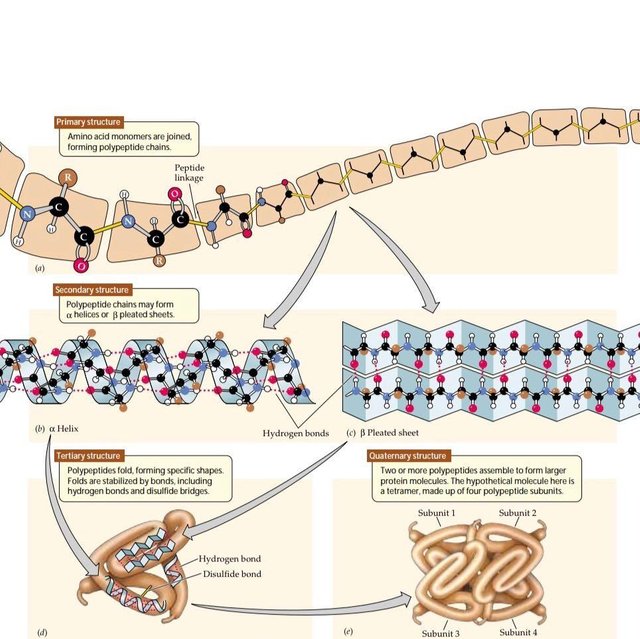
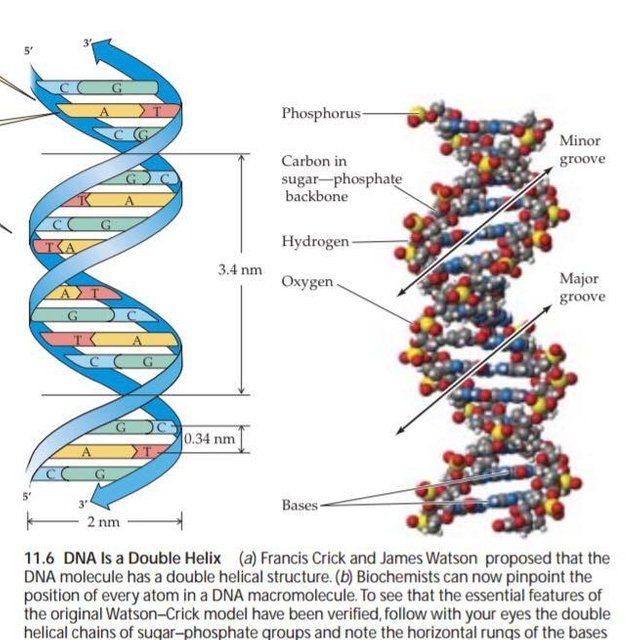
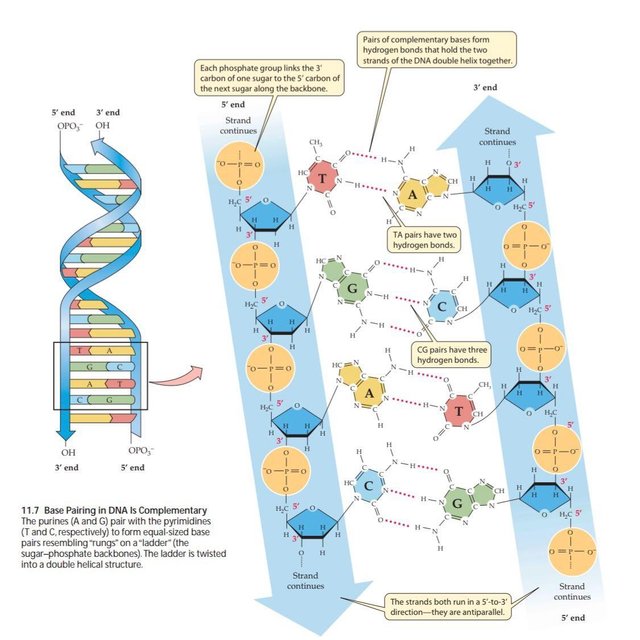
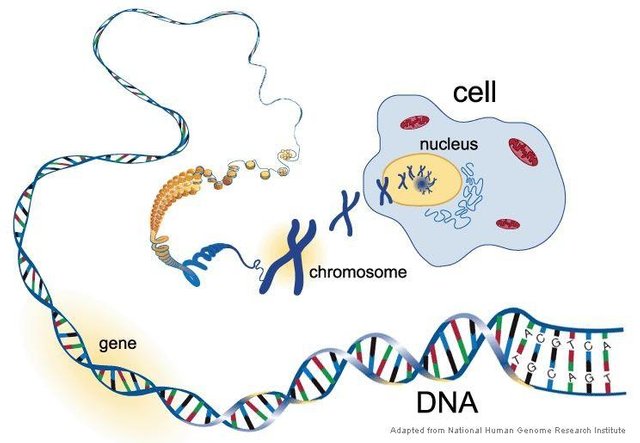
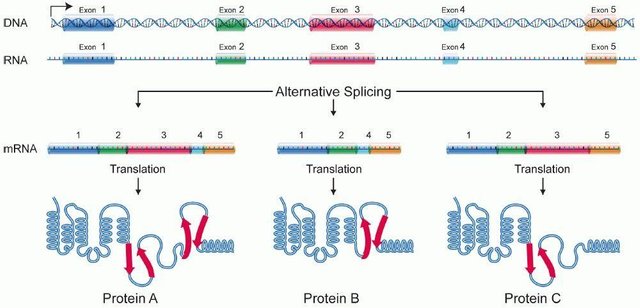
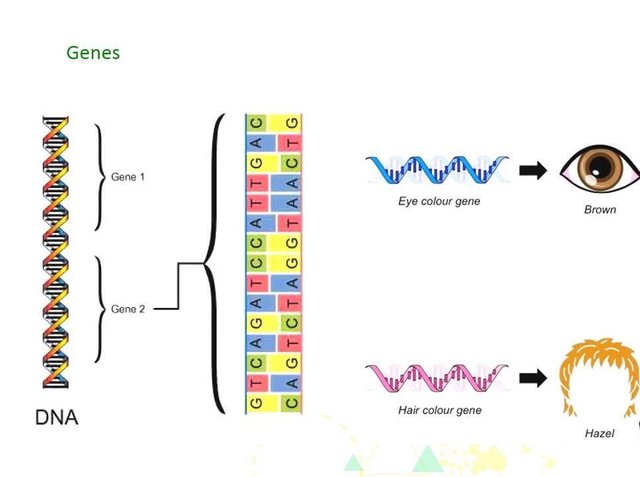
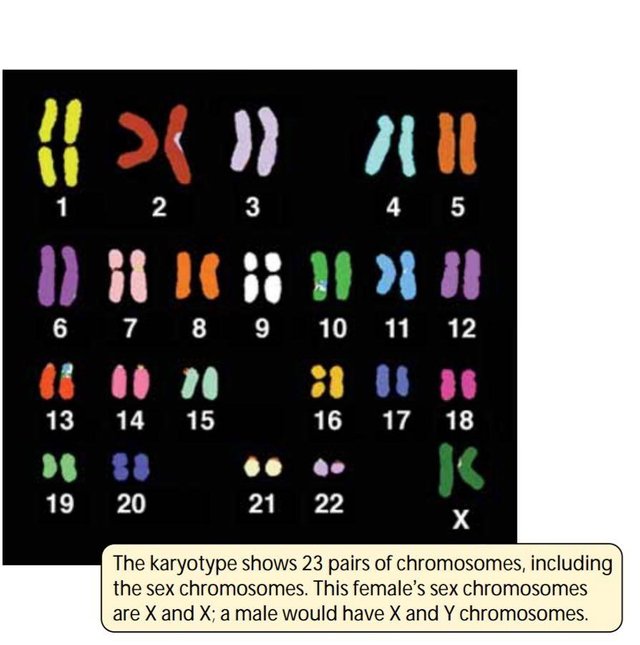
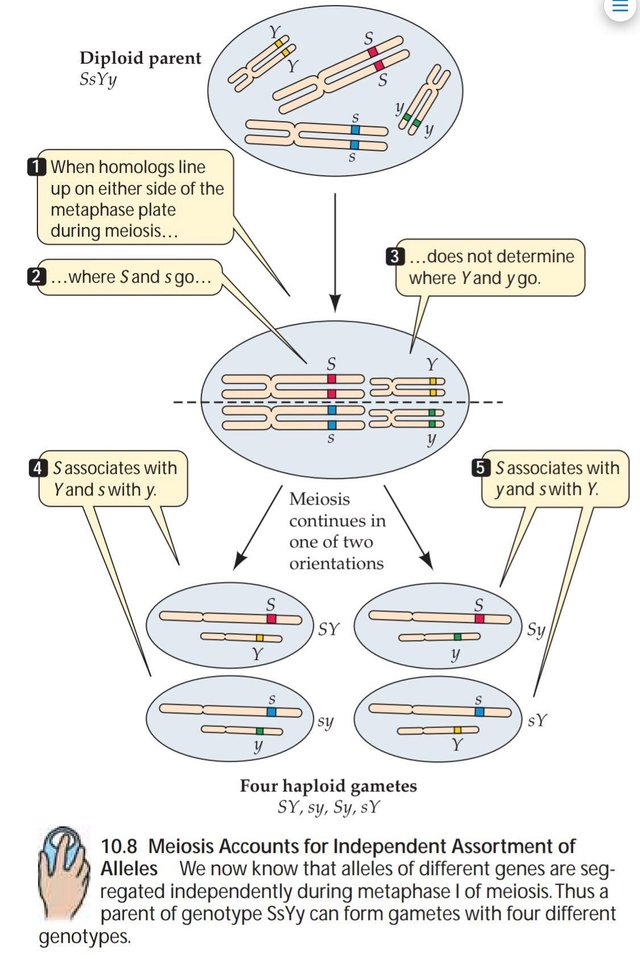
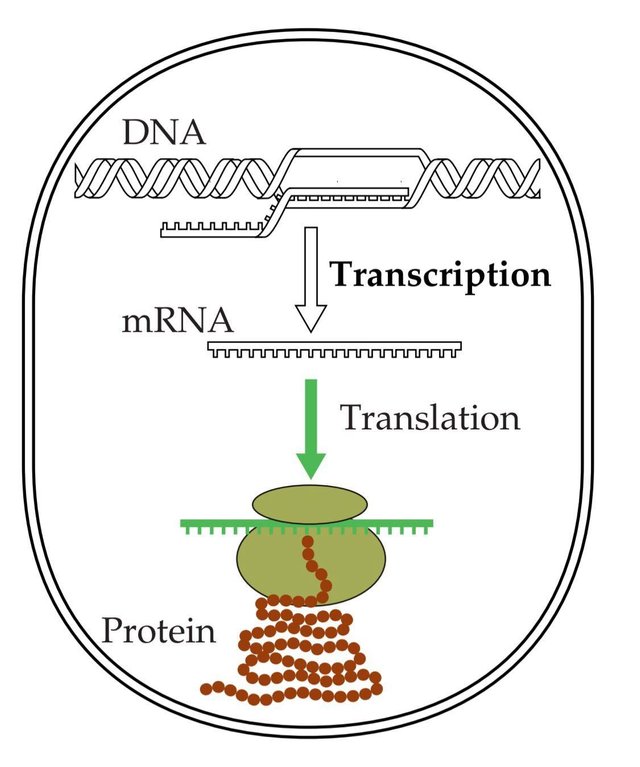
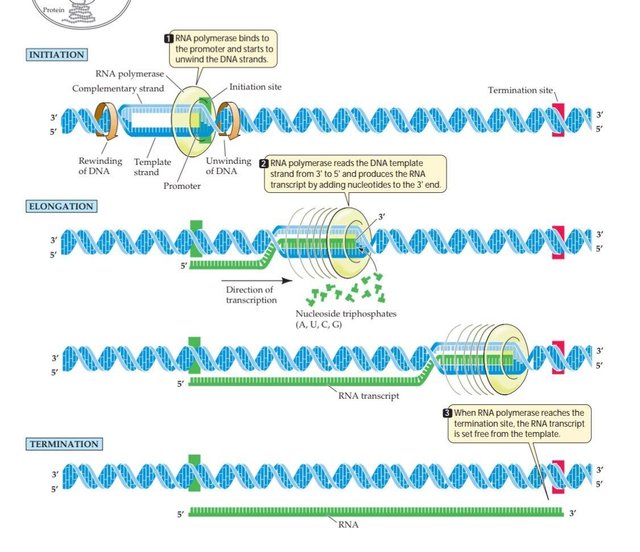
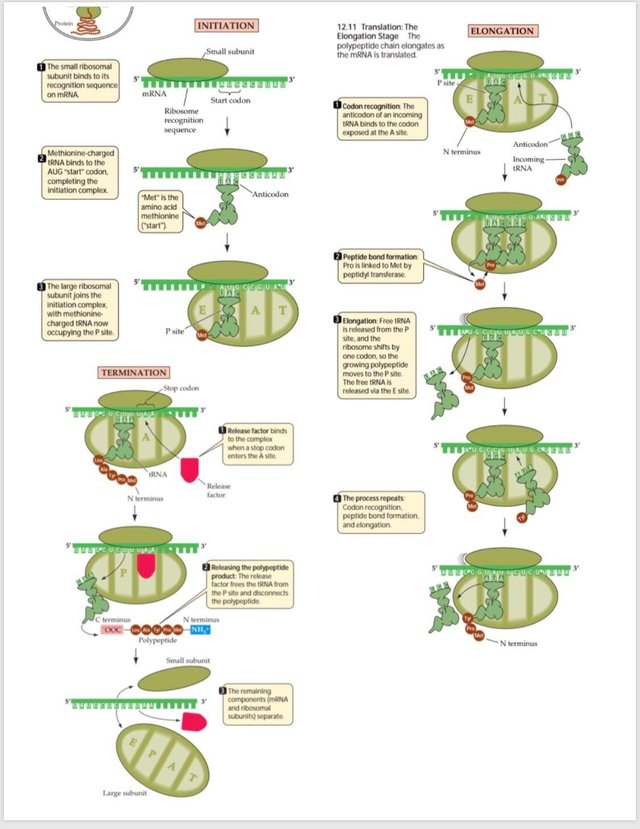
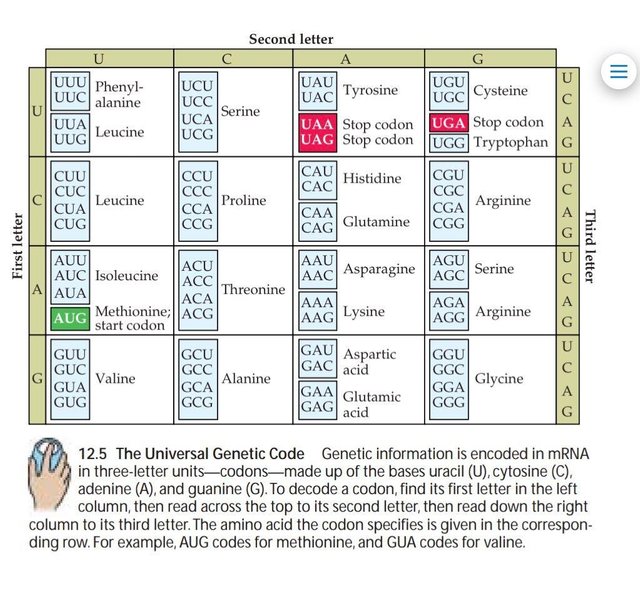
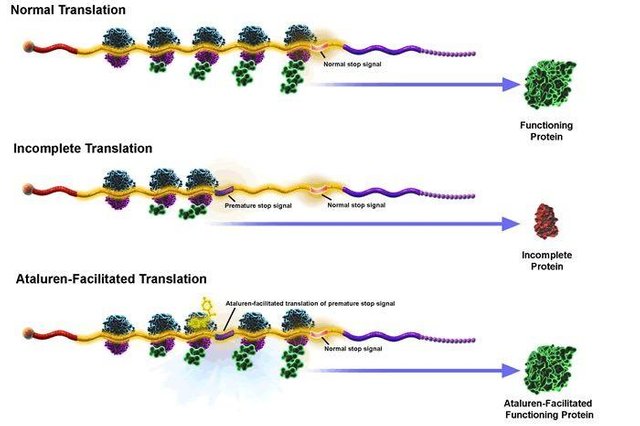
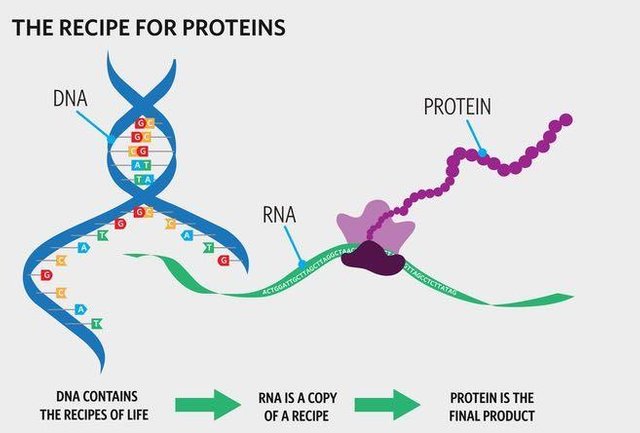
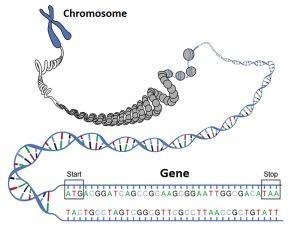
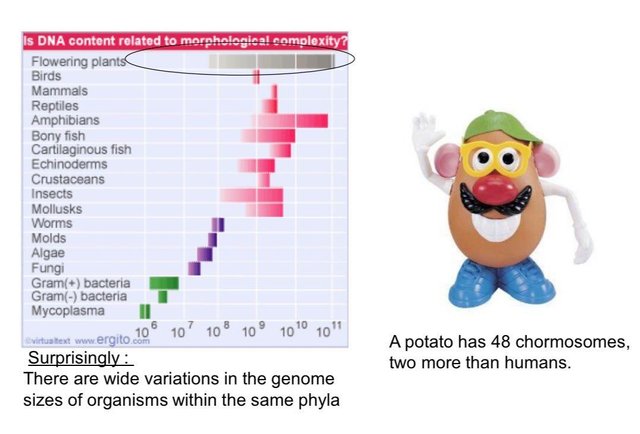
✅ @badnimits, enjoy the vote!
Have you claimed your FREE Byteballs yet? Check out this post on how you can get $10-80 just for having a Steem account: https://steemit.com/steem/@berniesanders/get-free-byteballs-today-just-for-having-a-steem-account-usd10-80-in-free-coins
Nice
So a genes make up DNA huh
Resteemed your article. This article was resteemed because you are part of the New Steemians project. You can learn more about it here: https://steemit.com/introduceyourself/@gaman/new-steemians-project-launch
@steemstem